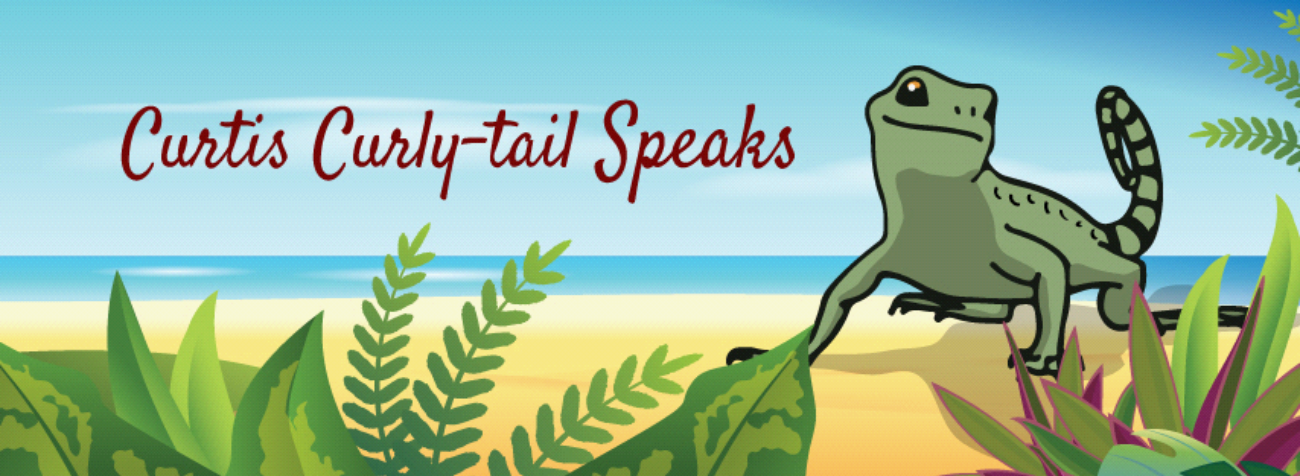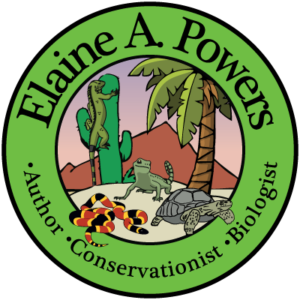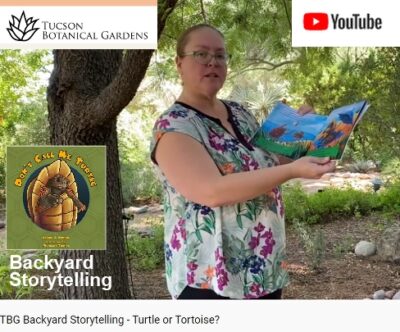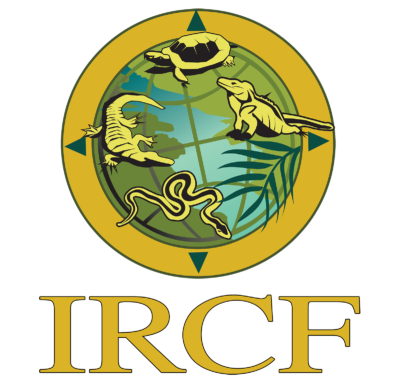This website uses cookies so that we can provide you with the best user experience possible. Cookie information is stored in your browser and performs functions such as recognising you when you return to our website and helping our team to understand which sections of the website you find most interesting and useful.
Cockles and Mussels, Alive!
Sometime in my childhood, I learned the song Cockles and Mussels. Perhaps you have heard it? One line, “Crying cockles and mussels, alive, all alive!” became a particularly effective earworm. I didn’t know what a cockle was and why their being alive was so important. But as a child, I was fond of mollusks. I enjoyed watching them pump water through their bodies, extend and glide on their foot, and clamp shut when disturbed. They are also tasty. But what exactly is a cockle? And how does it differ from a mussel? I’m glad you asked.
The Mollusks of My Heart
The song Cockles and Mussels, is actually about a girl, although my interests always ran to the mollusks. I do like the ghostly apparition aspect. I like ghost stories.
“Cockles and Mussels” in Students’ Songs (1884)
In Dublin City where the girls they are so pretty,
‘Twas there I first met with sweet Molly Malone
She drove a wheel-barrow, thro’ streets broad and narrow,
Crying “Cockles and mussels, alive, all alive!”
Alive, alive-o! Alive, alive-o!
Crying “Cockles and mussels, alive, all alive!”
She was a fish-monger and that was the wonder,
Her father and mother were fishmongers too;
They drove wheelbarrows thro’ streets broad and narrow,
Crying “Cockles and mussels, alive, all alive!”
(chorus)
She died of the fever, and nothing could save her,
And that was the end of sweet Molly Malone;
But her ghost drives a barrow thro’ streets broad and narrow,
Crying “Cockles and mussels, alive, all alive!”
(chorus)
You might have also heard the phrase, warming the cockles of my heart. This refers to a feeling of great contentment. But why would you refer to cockles when talking about your heart? Let’s take a look at a cockle. The photos below are of a live cockle that I encountered recently.
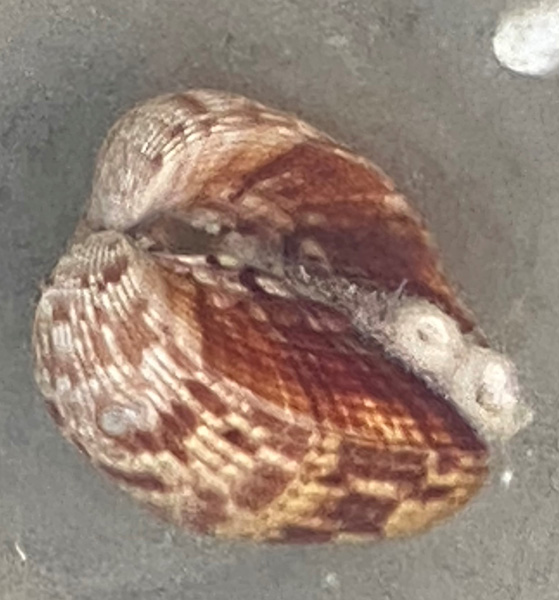
It does kind of look heart-shaped.
What a Cockle Is
Cockles are marine bivalves (they live in oceans) in the family Cardiidae, based on the Latin name for the heart. They live on sandy beaches around the world. Even though you can see a gap between the shells, the cockle can close completely. It will bury itself in the sand using its foot. The inhaling and exhaling tubes are used for pumping water through its body to provide oxygen to its gills and to filter out food.
In the song, it mentions that the cockles are alive. This is important when you consider having cockles for a meal. If the cockle is dead before you cook it, the bacteria involved in its decomposition will make you sick (been there, done that – and advise don’t do it). So, when you buy bivalves, always make sure they clamp shut tightly. Slightly open ones have already “bit the dust.”
Speaking of cockle death, the individual above was alive when I met it. It was washing ashore during low tide. After admiring it, I tossed it farther out into the surf. I hoped it would have a good life.
However… The next day, I ran across the shellular remains of a cockle in the same area as the mollusk I’d met the day before.
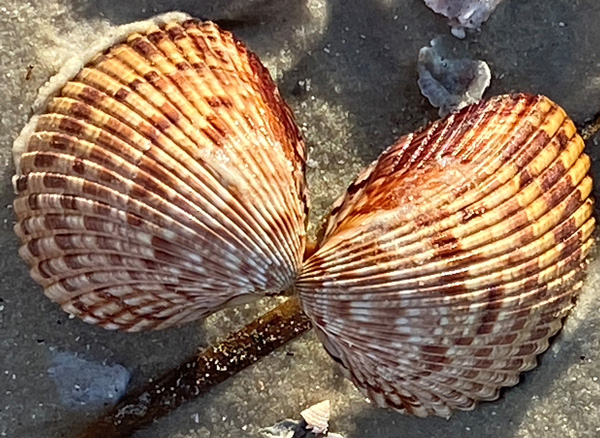
I suspect the cockle had died in the night, either of natural causes or at the foot or beak of a predator. Yet, even in death, the cockle shells retain their beauty. The shells can be used in jewelry, artwork, and as cooking and serving dishes. The calcium carbonate structures are quite strong. (To learn more about shell structures, see my previous blog on the subject.)
I was sad to see that my mollusk acquaintance had continued its journey through the circle of life, but I did admire the beauty of the exterior left behind and know that it will be enjoyed by many humans. Looking to learn more about life around the ocean? Check out my wonderful and educational workbooks.
To learn about our latest science-based children’s books and workbooks, to read our latest blog posts about reptiles, birds, cats, and gardening, in a variety of locations, and about how the books come to be, what inspires an author to write, and many more interesting aspects of the publishing business, fill in the box below and we will add you to our email list.
Thank you!
